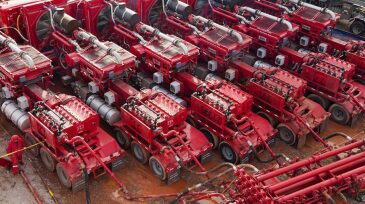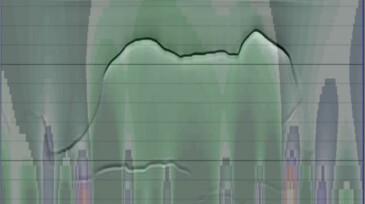Reservoir
Ranger acquires American Well Services for $90.5 million, adding 39 workover rigs and boosting its fleet by 25%.
Production from the Búzios field now tops 1 million B/D with six floating production systems in operation and more on the way.
Geophysicist Markos Sourial discusses advances in seismic imaging, the challenges of modern data processing, and what they mean for the next wave of subsurface professionals.
-
Deciding whether to develop a new discovery is often about the data. Without the correct understanding of the fluids in the reservoir, projects are unlikely to turn out as planned.
-
Russia’s Gazprom Neft Technologies is partnering with France’s SNF, the world’s largest maker of polyacrylamide, a polymer widely used in Chemical EOR. They aim to develop demand for chemical flooding technologies throughout Siberia.
-
The two-well stimulation approach is delivering big savings to first adopters. A new report from Rystad highlights how the development is taking shape.
-
The US oil giant is launching a new business unit that will boost its ability to reduce its own greenhouse gas emissions along with those of other industries.
-
An openhole advanced formation-evaluation approach is presented that enables assessment of tight-matrix and natural-fracture systems at a level not previously accomplished.
-
The authors develop an innovative machine-learning method to determine salt structures directly from gravity data.
-
An appropriate work flow of combining suitable advanced technologies can help to overcome the long-standing challenges of sub-basalt imaging.
-
The interpretation of well tests, combined with petrophysical analysis, formation-test data, and production logs, provided insight into Khuff reservoirs.
-
Most of today’s equipment and interpretation methods are indeed not new. After all, well testing has been around for nearly a century, resulting in a legacy that may not always look cutting-edge, but these tried-and-true tools were so technologically remarkable that they became staples.
-
The paper outlines examples from tight gas reservoirs in two fields in which openhole data was unavailable and petrophysical analysis was undertaken using cased-hole data.













